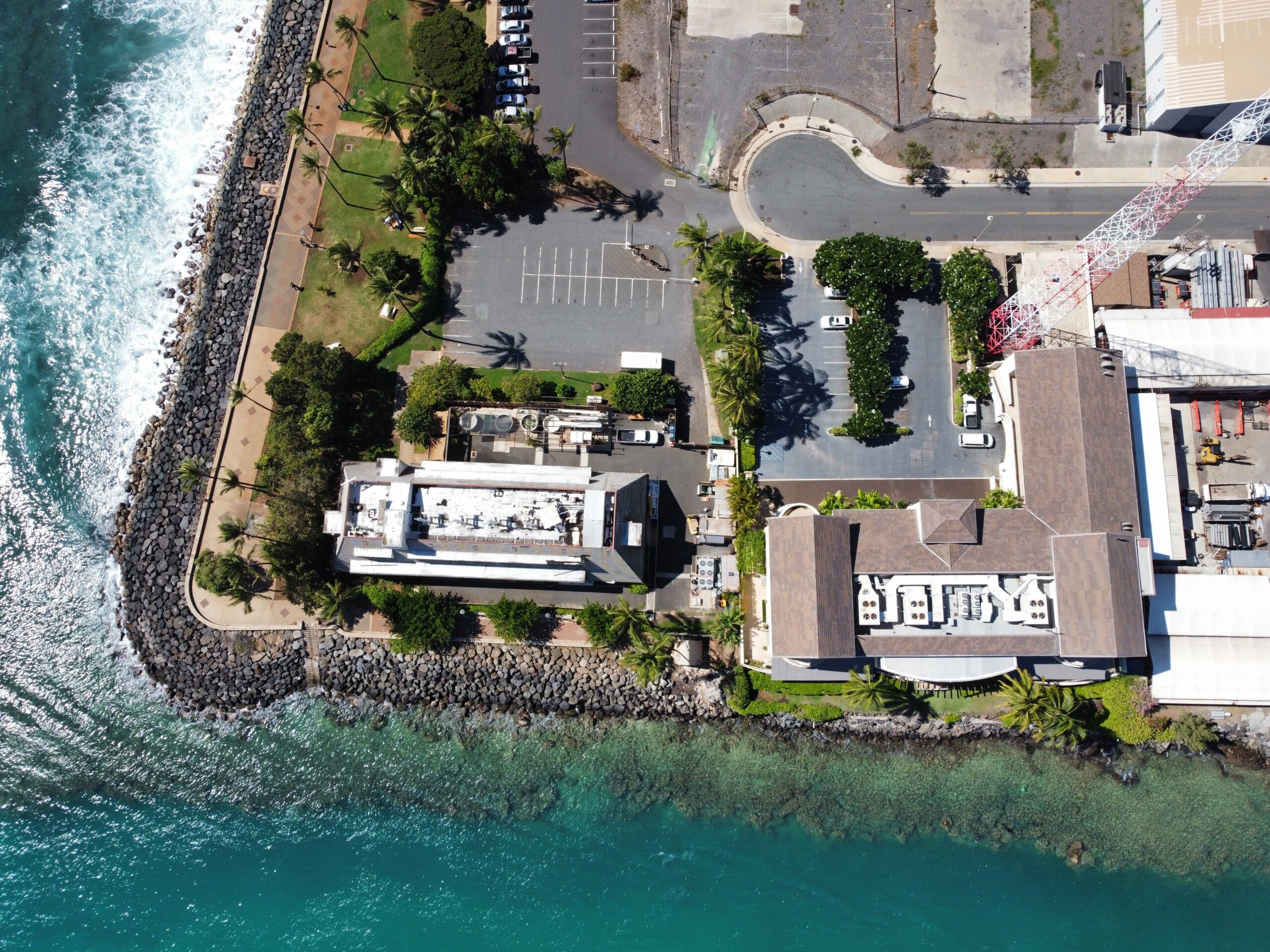By: Sylvia M. Hussey, , Ed.D., is chief executive officer (Ka Pouhana) of the Office of Hawaiian Affairs.
The focus on the dire straits of too many Native Hawaiians as they struggle to shelter and support their families on trust lands illuminates a story of broken promises and neglect (“Native Hawaiians are still waiting,” Honolulu Star-Advertiser, Nov. 27). There has also been optimism expressed that both legislative and executive branches intend to act with intention and greater resolve in responding positively to what the community needs. The Office of Hawaiian Affairs shares in that resolve.
In 2012, the state and OHA agreed to settle the 32-year past-due Public Land Trust revenue debt by conveying 30 acres of land on 10 parcels in Kaka‘ako Makai, now known as Hakuone. The state’s own appraiser valued the land at approximately $198 million, assuming a 400-foot height limit for bookend Parcels E and I, located along Ala Moana Boulevard.

The reality is that the state conveyed these parcels to OHA with only a 200-foot height limit and prohibited residential uses. These inequitable conditions have reduced the true value of the 2012 “settlement.” Note that the 2012 “settlement” was reached six years after a law was passed to prohibit residential buildings. So, somewhat incredibly, value was ascribed to a then-prohibited residential use (the 400-foot height) and used to support the state’s “settlement.”
It is hard to escape the double standard in the fact that developers with deep pockets and minimal local ties, and investors from outside Hawaii, have been able to build and profit handsomely from multimillion-dollar condos in high-rises mauka of Ala Moana Boulevard. Is it any wonder that OHA is challenging a discriminatory law that says Native Hawaiians cannot build residential units for Hawaiians and other local families on our side of the same street?
Senate Bill 1334 in 2021 lifted the residential restriction and increased the height limit for lots E and I. The state Senate supported it — only to see the bill die in the House, where it did not receive a single hearing. OHA has every expectation that justice will prevail in the legislature in 2023.
Some might ask why OHA is pursuing a course of action that appears to run counter to the aversion for more high rises in an area that already has several — for the rich. OHA is driven by its mission to provide for its beneficiaries. Our beneficiaries long for access to places from which they have been priced out, where fences and signs make them feel unwelcome. They long for the kind of welcoming neighborhood where Native Hawaiian culture thrives.
Included in the plans for Hakuone is a cultural center where entrepreneurs, designers and artistes can perpetuate treasured Hawaiian practices. OHA envisions a marketplace where ancient trading practices of mauka (farmers) and makai (lawai‘a) converge; where keiki and kupuna thrive; where la‘au lapa‘au practices heal body, mind and spirit; and open spaces provide restorative healing. Hearing this, community groups have responded with enthusiasm.
Perhaps the community will help lawmakers understand that without a lifting of the restrictions, OHA will not be able to contribute to the supply of workforce and affordable housing currently out of reach for most families in our community, including Native Hawaiians.
Before the elections, we heard promises about doing right by beneficiaries of homestead trust lands. Promises to address the injustice of Native Hawaiians being unable to afford a home in the land of their ancestors. We don’t claim to be able to solve the housing crisis with what we build in Hakuone. But Hawaiians should be making decisions about our lands for our people.
Working with lawmakers, we hope to transform promises into pono practices.
Original post can be found at: https://www.staradvertiser.com/2022/12/11/editorial/island-voices/island-voices-allow-oha-to-develop-kakaako-makai/
